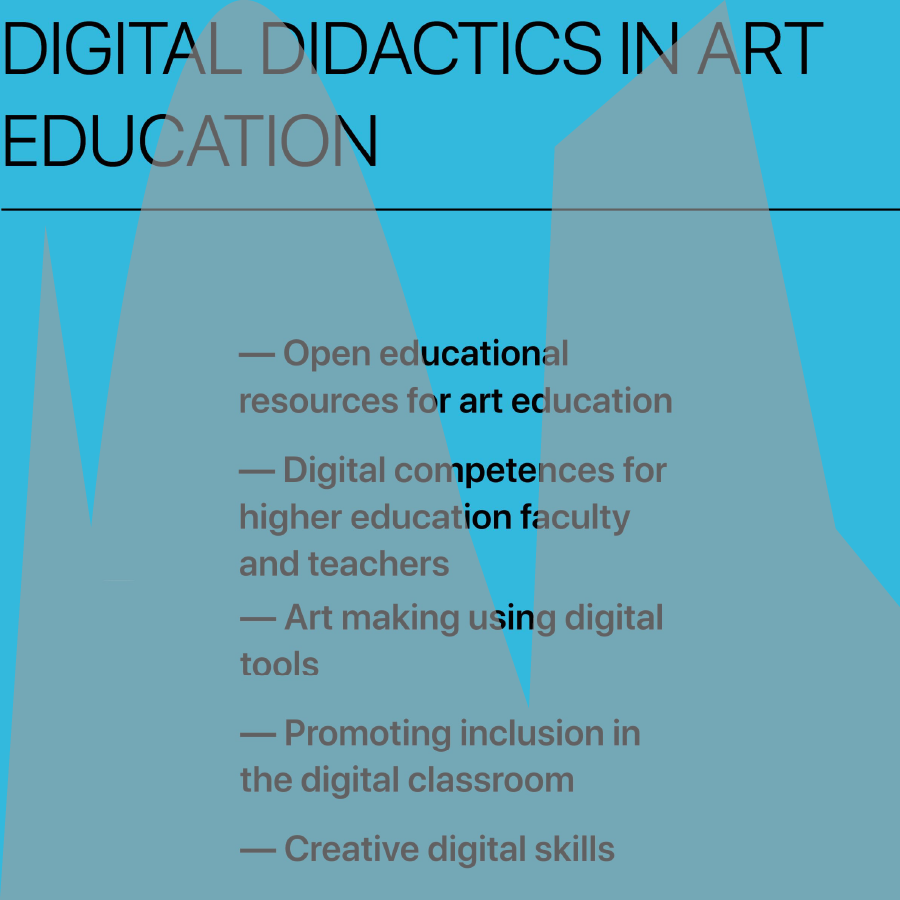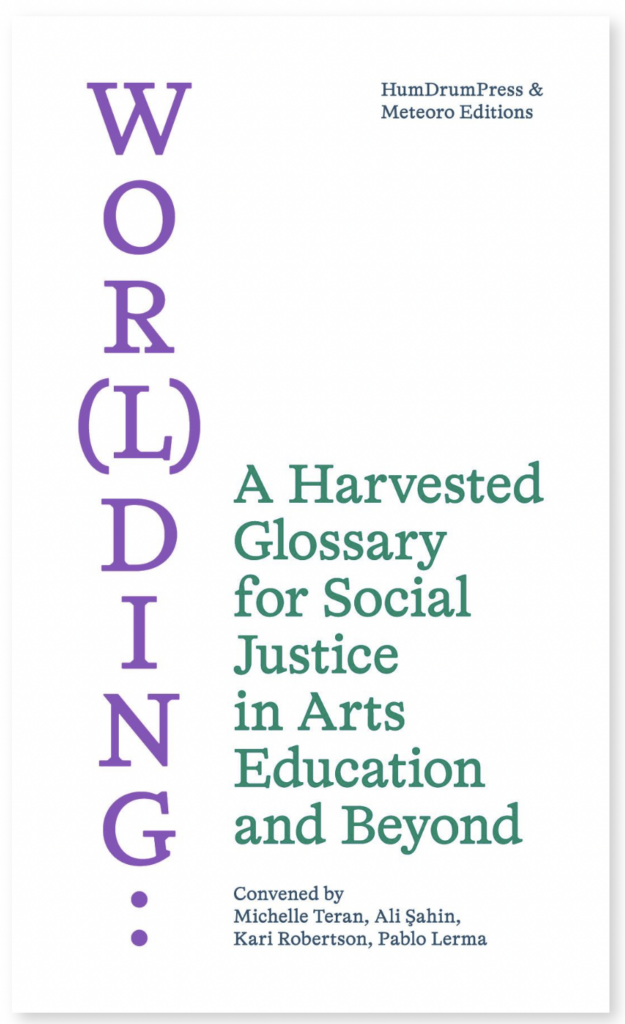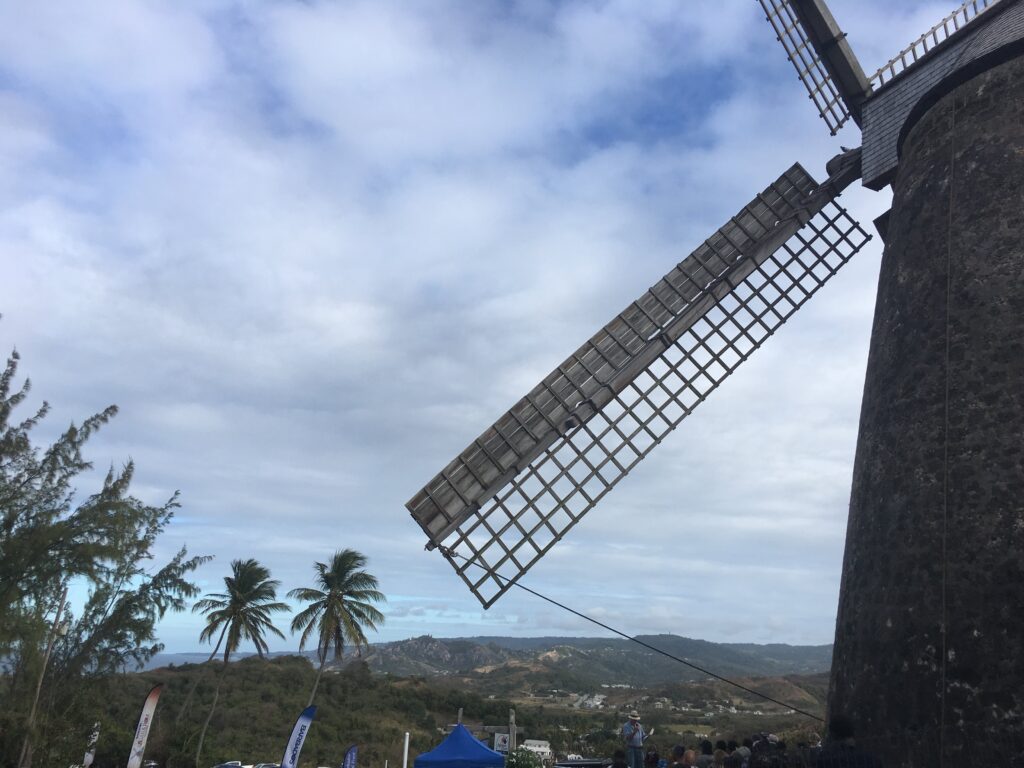Project details
| Researchers |
|
| Partners |
|
| Project Leader |
|
| Funding Program | Erasmus+ Programme of the European Union |
| Action | Cooperation for innovation and the exchange of good practices. Strategic Partnerships in Response to the COVID-19 Situation. |
| Duration | 2 years, March 2021 – February 2023 |
| Affiliated activities |
|
By autumn 2020, various surveys among higher education faculty and schoolteachers on the European as well as national levels had demonstrated the need for more high-quality digital resources to be used in higher education and school education. Moreover, the COVID-19 pandemic clearly revealed a specific skills gap for both Higher Education (HE) faculty and schoolteachers alike when it comes to effectively using digital resources for online teaching. In the school sector, accessibility of digital resources has emerged as a particular concern.
Goals and Activities
The project Digital Didactics in Art Education (DIDAE) will address these concerns by developing a digital platform DIDAE which will provide an overview on easily accessible digital tools for art making. This includes digital tools for drawing, painting, sculpting, animation, augmented reality, video, photography, gaming and game development, graphic design, photo editing and photo manipulation, instructions for these tools and classroom assignments. The criteria to be used for selecting and creating new digital content in this field include open access; data economy; clear user interface; low-threshold usability; data protection; online stability; different end devices, peer-to-peer learning among users; social inclusiveness and creative potential.
WdKA Social Practices will contribute training sessions in embodied practices as a teaching tool and create digital content for the online platform. WdKA Social Practices has gained expertise in using the body as tool in remote learning and online art teaching over the course of the COVID-19 semester following the lockdown in March 2020. The body is understood as site of knowledge. Our modes of being, also in digital environments, are bodily felt and experienced. With bodies different from each other, the focus on embodied practices makes possible inclusive and intersectional approaches.
The DIDAE project will ensure that users in higher education and secondary school education will be able to easily access open educational resources which guarantee high educational quality, accessibility and inclusion. The primary target groups of the DIDAE project will be higher art education faculty, art education students studying to become art teachers, art teachers at secondary schools and pupils. The online platform will address the skills gap outlined above by supporting the development of HE faculty’s and teachers’ digital didactic competences. The DIDAE platform will be designed as an open educational resource (OER) and according to the 2016 EU guideline on Web Accessibility.
Expected Outcomes
The DIDAE platform developed in this project will nourish the use of digital resources for art making both in the current pandemic times when distance learning is a necessity as well as in post-pandemic times when students and teachers will have returned to physical classrooms. The partners maintain that using both physical and digital tools for art making will broaden the creative skills of pupils as well as art teachers. Moreover, digital education has many benefits beyond the needs created by COVID-19, e.g. by allowing students/pupils with special needs/health issues or other learners unable to attend physical classes equal participation in education, thus underlying the high potential of DIDAE for fostering various dimensions of inclusion.



